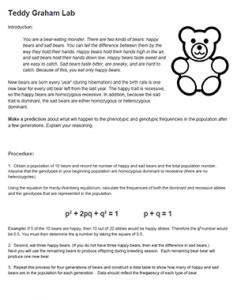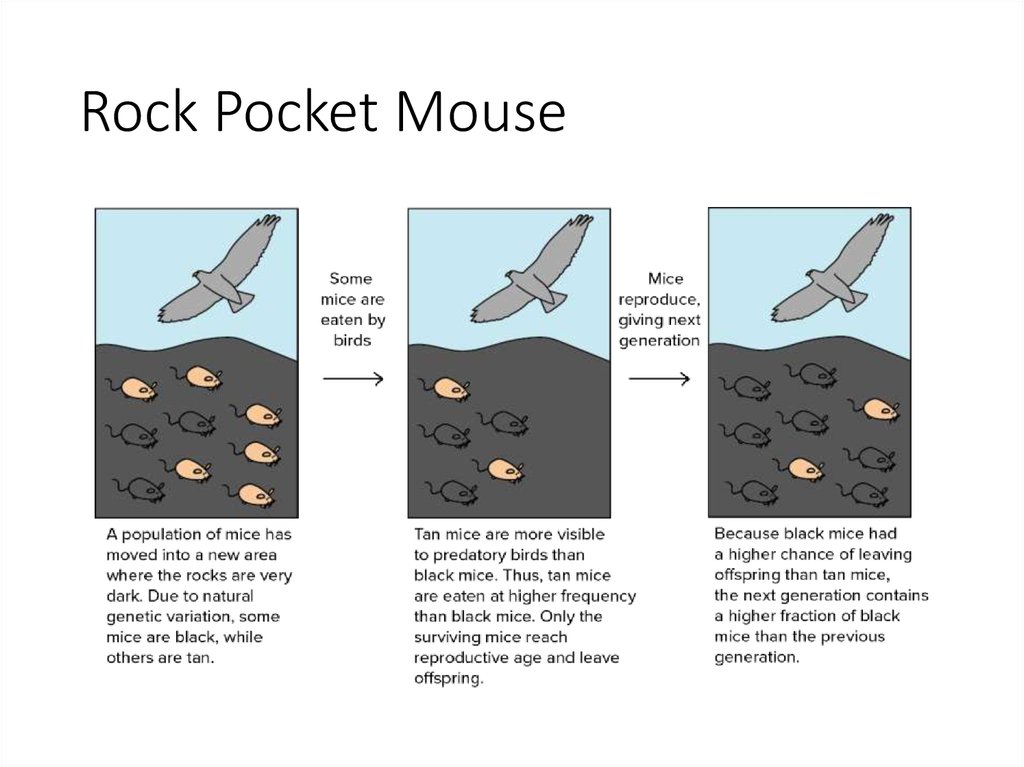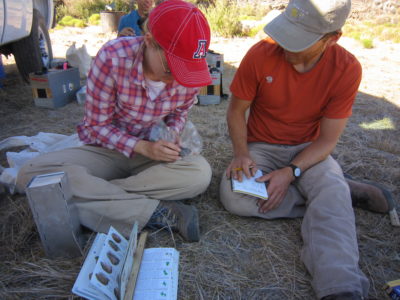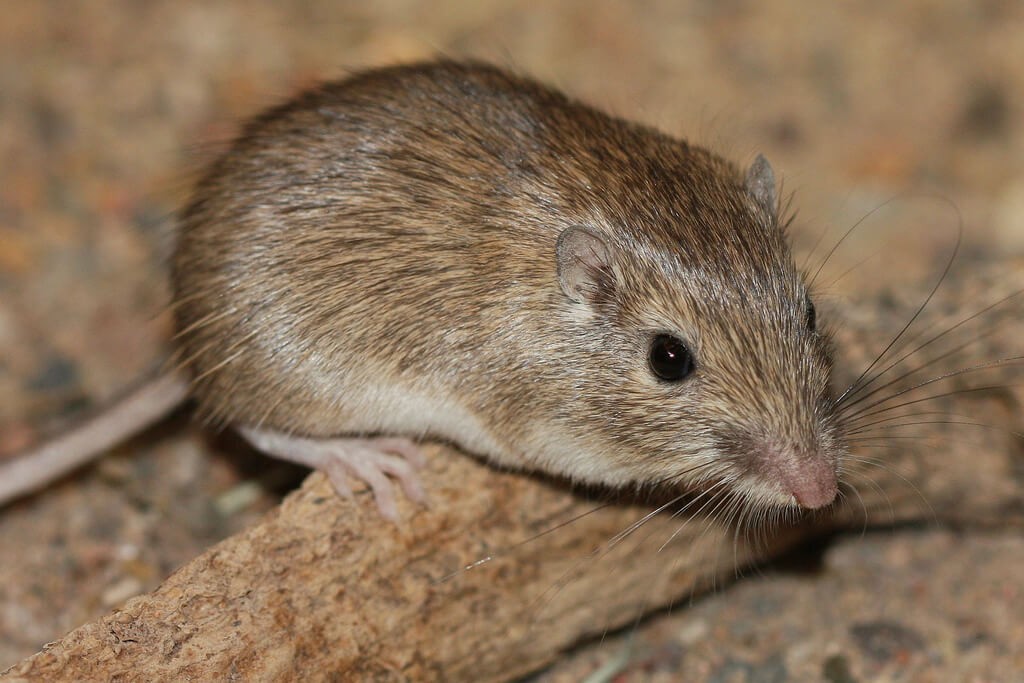
Interestingly, mutations in the Mc1r gene are not involved in additional melanic populations in New Mexico ( Hoekstra and Nachman, 2003). A focused study on the Pinacate region suggested that strong selection is maintaining Mc1r allele and coat color frequencies across short geographic distances in the face of high countervailing gene flow ( Hoekstra et al, 2004). Four amino-acid changes in the coding region of the melanocortin-1 receptor ( Mc1r) are perfectly associated with a coat color polymorphism in this population.


Previous work identified the genetic basis of melanism in a single population of mice inhabiting the Pinacate lava flow in southern Arizona ( Nachman et al, 2003). Non-lava-dwelling populations also show variation in coat color, which often closely resembles the substrate color on which the mice live ( Benson, 1933 Dice and Blossom, 1937). Several subspecies have been described based on dramatic color differences on small isolated lava flows ( Benson, 1933) these mice have extremely dark coats and uniformly melanic hairs. intermedius comprises 10 subspecies ( Benson, 1933 Dice and Blossom, 1937 Weckerly, 1983). intermedius habitat is largely discontinuous through most of its range. intermedius lives exclusively in rocky habitat across the southwestern deserts, and thus C. In particular, we have been interested in the evolution of color differences in response to local environmental conditions. The rock pocket mouse, Chaetodipus intermedius, provides an excellent system to study geographic variation in phenotype within a single species, and allows us to explore this variation in light of the underlying genetic structure of this species. Here, we focus on the extent to which phenotypic variation is correlated with local environmental conditions versus phylogenetic history. In other cases, pleiotropic effects of otherwise beneficial mutations may limit their spread. For example, young populations in new environments may not have had time to adapt to local conditions. On the other hand, populations may sometimes be constrained by their evolutionary history. It has long been appreciated that strong selection can lead to local adaptation, provided that it is not swamped by gene flow ( Haldane, 1948 Slatkin, 1985 Lenormand, 2002). One ongoing debate concerns the relative roles of deterministic evolutionary processes and historical contingency in shaping the outcome of evolution ( Travisano et al, 1995). As differences among species must initially occur as intraspecific polymorphism, understanding the causes of intraspecific variation can provide information about the origin of species-level differences. Together, the results suggest that color variation can evolve very rapidly over small geographic scales and that gene flow can both hinder and promote local adaptation.Ī central goal of developmental and evolutionary biology is to explain the morphological diversity observed across species. Finally, we raise the possibility that, in some cases, migration between populations of pocket mice inhabiting different lava flows may be responsible for similar melanic phenotypes in different populations. At a finer geographical scale, high levels of gene flow between neighboring melanic and light populations suggest the selection acting on color must be quite strong to maintain habitat-specific phenotypic distributions. Using Mantel tests, we show that there is no correlation between color variation and mtDNA phylogeny, suggesting that pelage coloration has evolved rapidly. Analyses of mtDNA sequences from these same individuals revealed strong population structure in this species across its range, where most variation (63%) was partitioned between five geographic regions.

First, we quantified variation in pelage color ( n=107 mice) and habitat color ( n=51 rocks) using a spectrophotometer, and showed that there was a correlation between pelage color and habitat color across 14 sampled populations ( R 2=0.43). Here, we investigate whether phenotypic variation in color is correlated with local environmental conditions or with phylogenetic history. Rock pocket mice, Chaeotdipus intermedius, are an ideal system in which to study intraspecific phenotypic divergence because of the extensive color variation observed within this species.

Elucidating the causes of population divergence is a central goal of evolutionary biology.


 0 kommentar(er)
0 kommentar(er)
